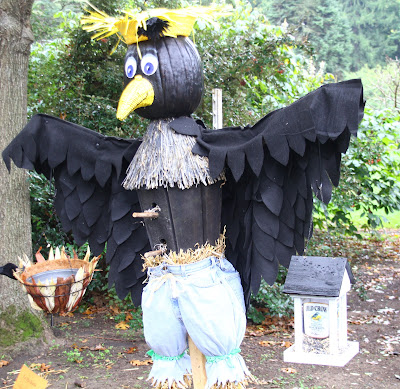Autumn is the loveliest season on the intensive green roof, in the aerial gardener's opinion. The grasses have matured, displaying seed heads that dance in the slightest breeze, held high above tawny foliage. Rhus aromatica 'Gro-Low' glows crimson and copper, igniting the roof with fiery splashes. Keen eyed observers may spot standard dwarf iris cultivars blooming, such as citrine 'Prince Pele'. Spiky yuccas sport yellow and green striped foliage, striking a pose even after their September blooms have faded.
Bloomfield Farm Day presents a rare opportunity for the public to view the green roof. Free with admission, the roof will be the backdrop to this fun-filled day celebrating agricultural history, including demonstrations, animals, and live music. The Horticulture Center and historic Springfield Mills will also be open for tours. Find out more on our website.
Article by Louise Clarke, aerial gardener.
Photos by Louise Clarke (top) and Rebekah Armstrong (bottom).












